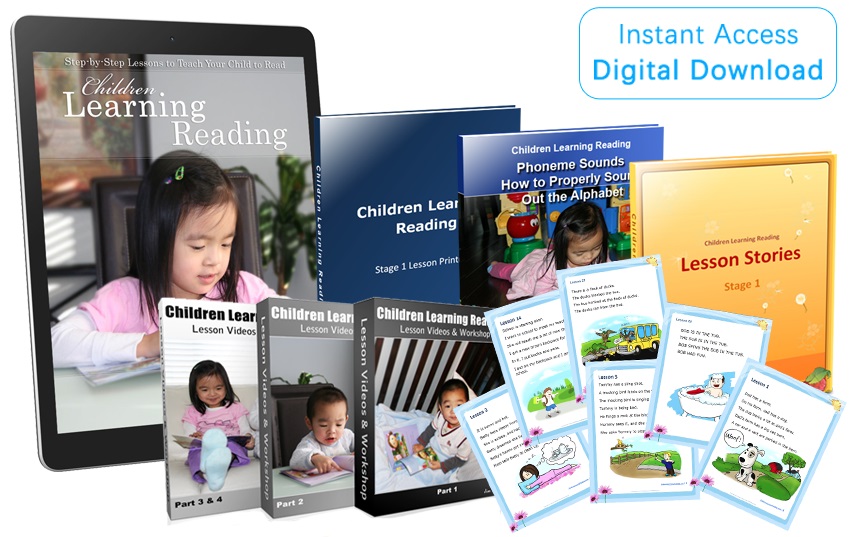The Word Reading Test (WRT) (Part 2)
In part one of this article series, we discussed the use of reading tests to establish the reading ages of children and we looked specifically at the Burt Reading Test. This was a test that utilized a series of words of increasing difficulty and challenged children to read as many as they could.
The Burt Reading Test is a useful tool that offers a quick gauge of a child’s ability. However, it is also not without its limitations, which is why it can be useful to use more than one tool when trying to grade reading ability.
In this part then, we’ll be looking at another test: The Word Reading Test.
What is The Word Reading Test
The Word Reading Test is actually a ‘subt-test’ from a larger test called the Quick Adult Reading Inventory for assessment of reading levels. In other words, this is the ‘child portion’ of a test that’s suitable for a broader audience.
The Word Reading Test is provided for free from LINCS.ED.GOV and can be found here.
This test is designed to test children up to a ‘grade equivalent’ (GE) of 10 (with 1 being the lowest score). To accomplish this, the WRT utilizes a total of five different lists of words. Each of these lists ranks the child’s reading age based on the number of words they can read correctly. The lists only contain 10 different words and corresponds with two different grade equivalents. List A is for GE1 and GE2 then, while list E is for GE9 and GE10.
Depending on how many words the child is able to read, they are then scored at the higher or lower end of the grade level. Children who get 7 words correct or fewer will be given a low score, while children who manage to read 9 or more will be given a high score.
Examples
As an example of these lists, the following is the list used for GE1 & 2:
1.Man
2.So
3.Day
4.Sun
5.Tree
6.Friend
7.Her
8.Long
9.Us
10.When
If a child manages to read 7 or fewer of these words, they are scored a GE1. If they get 9 or more right then they are considered GE2.
List two for GE3-4 looks like this:
1.Airplane
2.Before
3.Water
4.Hundred
5.Bank
6.Thursday
7.Complete
8.Package
9.Record
10.Science
Analysis
Essentially then, the Word Reading Test is a somewhat similar tool to the Burt Test. Once again, the child is required to read through lists of words and is graded based on how many they can complete.
What’s different is that this test is split into smaller parts. This means that a child who struggles with GE2-3 doesn’t need to look at the higher scores and it keeps things a little more streamlined. It also means that children can’t progress a long way by only knowing a few words in each list.
However, the test does suffer from many of the same limitations as the Burt Test. For instance, it might well be that a child simply doesn’t know these words and is otherwise competent. Because the same words are used every time, there’s no way for the same test to be used repeatedly for the same child to monitor their progress over time.
And on top of all this, these tests are also focussed exclusively on reading and pronunciation. They do very little to test actual comprehension and understanding and don’t involve any grammar or sentence structure. As we mentioned last time, reading ability goes beyond vocabulary alone.
With that said, this can be a useful way to quickly get a rough idea of reading ability, it just shouldn’t be considered as gospel. And for a slightly more reliable score, it doesn’t hurt to take an average score based on performance across a number of different tests.
In part three, we’ll be looking at the third and final test: Wide Range Reading.




Will I need to print everything, or will we learn from the computer?
Hi, you can read all of the program books on a computer. You only need to print them if you prefer reading on paper.